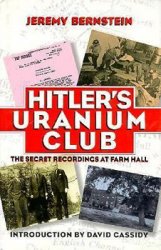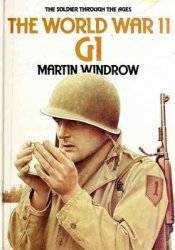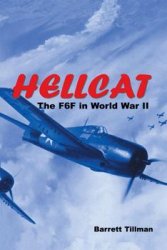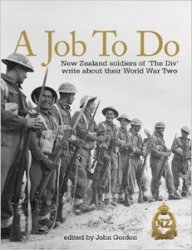A panzergrenadier heavy infantry company would usually contain a Panzerjdger platoon. This, at the start of the war, would have been equipped with the 37mm PAK 36 anti-tank gun. Although the gun proved successful during the Polish

Campaign, later, when it faced more heavily armoured British and French tanks in 1940, the crews often watched in horror as their armour-piercing shells bounced off the enemy tanks. It was also used in the 1941 campaign in the Soviet Union because no larger calibre replacement had been produced in time. The PAK 36 proved utterly hopeless against the T-34.
¦ PAK 36
Calibre: 37mm; Length: 1.665m (5.07ft); Weight: 328kg (7231b); Maximum Range: 7000m; Armour Penetration: 38mm at 30 degrees at 365m
The replacement for the PAK 36 was the 5cm PAK 38 which arrived on the front line in 1941. It proved, when equipped with tungsten core ammunition, to be the only gun capable of penetrating the T-34. It remained in service throughout the conflict and was reasonably effective, although by 1945 it had been largely replaced by heavier weapons.
¦ PAK 38
Calibre: 50mm; Length: 3.187m (9.7ft); Weight: 1000kg (22051b); Maximum Range: 2650m; Armour Penetration (tungsten ammunition): 101 mm at 740m
The Panzerjager platoons also used the taper bore 2.8cm schwere Panzerbuchse 41 (sPzB 41). The calibre of the gun tapered down in size from the breech towards the muzzle and sPzB’s special tungsten cored ammunition was ‘squeezed’ out the barrel at a velocity almost double that of a traditional anti-tank gun. Although a handy weapon given its small size and light weight, the difficulty of production and rarity of tungsten meant that the taper bore system proved something of a blind alley.
¦ 2.8cm sPzB 41
Starting calibre: 28mm; Emergent calibre: 20mm; Length: 1.7m (5.18ft); Weight: 223kg (4921b); Armour Penetration: 56mm at 365m
The increasing thickness of Soviet tank armour meant that something heavier was needed than the 50mm PAK 38 gun, although it was an adeciuate anti-tank weapon. Consequently, Rheinmetall-Borsig came up with a new design that was essentially a scaled-up version of the 50mm gun in a larger 75mm calibre. The result was the 7.5cm Pak 40, which, naturally enough, resembled a larger version of its smaller sibling. It was also an excellent gun, capable of dealing with virtually any tank used by the Allies on all fronts. German anti-tank gunners rated it their best weapon, and it was flexible enough in its range of ammunition to make a reasonable artillery piece when firing high explosive shells.

Karabinier 98K Calibre: 7.92mm (0.31 in); Length: 110.7cm (43.6in); Weight (unloaded): 3.9kg (8.61b); Magazine 5-round integral box;
System of operation: bolt action; Muzzle velocity: 755mps

MG 34 Calibre: 7.92mm (0.31in); Length: 122cm (48in); Weight: 12.1kg (26.71b); Feed: belt, 50-round drum or 75-round saddle drum;
System of operation short recoil; Rate of fire (cyclic): 800-900rpm; Muzzle velocity: 756mps

Above: German troops use a light 5cm leGrW36 mortar. The Germans proved particularly adept in their use of mortars in an infantry support role. Mortars gave the Germans a measure of fire support that was not easy to detect or destroy from the air.
Riowever, it was a formidable anti-tank weapon. Using tung-rten-cored AP40 ammunition (all too rare) it could penetrate?8mm of amour plating at 2000m. At the more typical com-Dat range of 500m this increased to 154mm. The PAK 40 was i gun Allied tank men rightly feared.
I PAK 40
Z. ALIBRE: 75mm; Length: 3.7m (11.3fl); Weight: 1425kg (31421b); dAXiMUM Range: (HE) 7680m; Armour Penetration (tungsten tmmunition): 98mm at 2000m




 World History
World History









